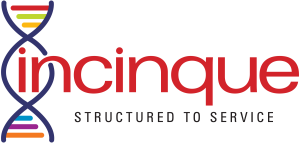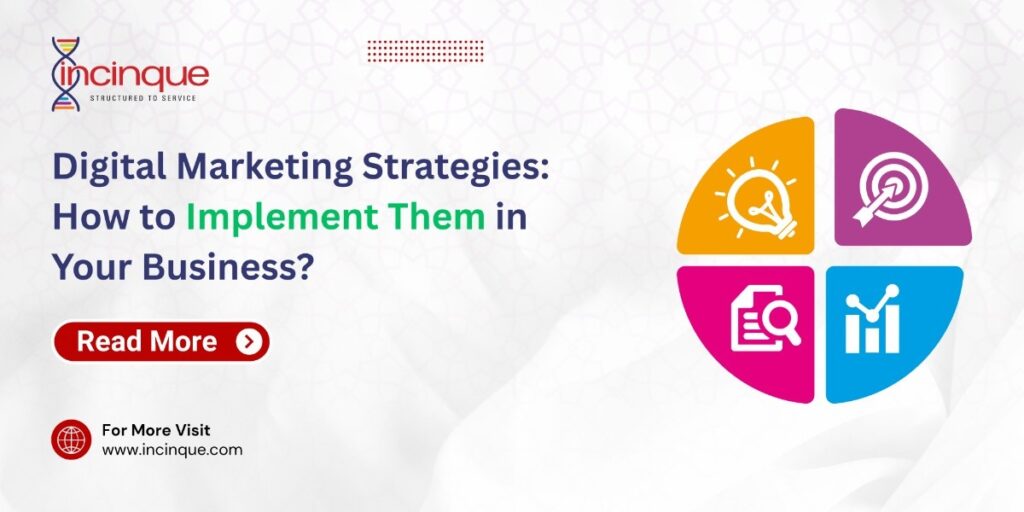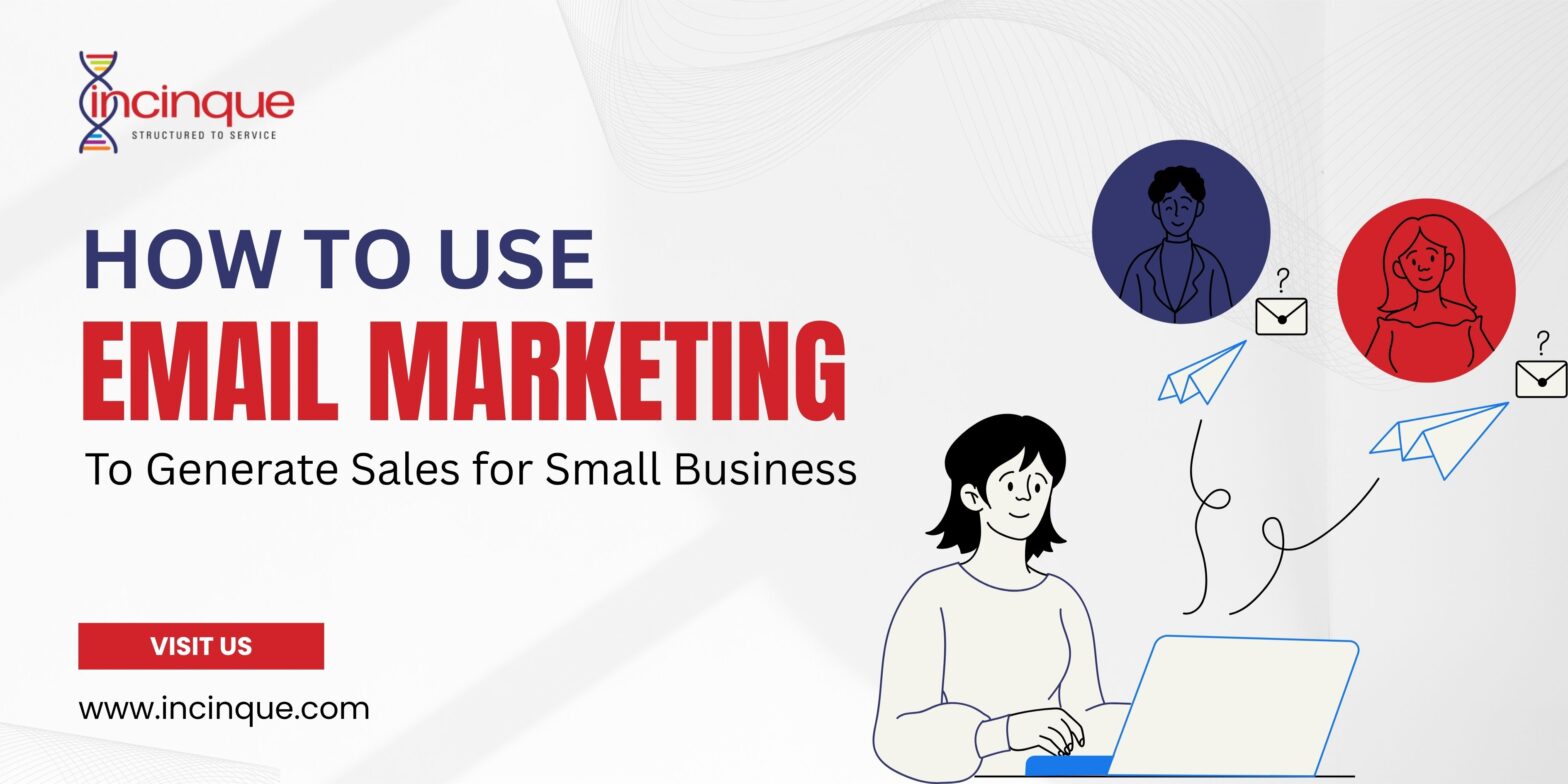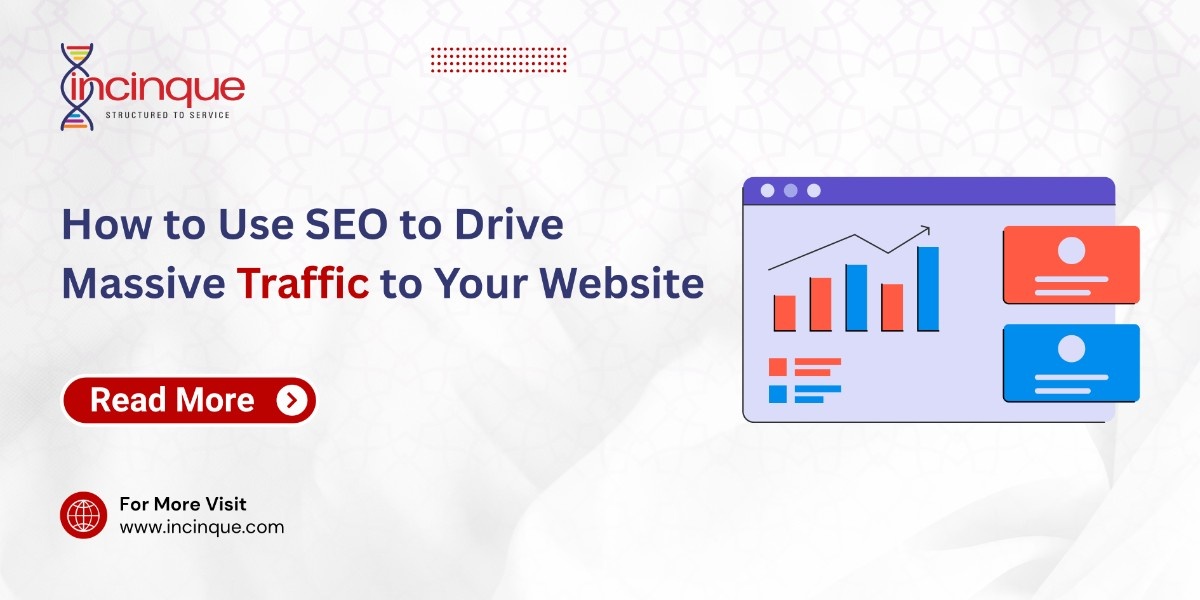Introduction
In an era where digital presence defines business success, having the right marketing strategy can make or break your brand. A strong digital marketing strategy not only helps you reach your target audience but also drives traffic, generates leads, and builds lasting relationships. Whether you’re a startup or an established enterprise, it’s essential to understand what digital marketing strategies are and how to implement them effectively.
What is a Digital Marketing Strategy?
A digital marketing strategy is a plan that outlines how your business will achieve its marketing goals using digital channels such as search engines, social media, email, websites, and paid advertising. It provides a clear roadmap for reaching potential customers online and guiding them through the buyer’s journey.
Key Digital Marketing Strategies
1. Search Engine Optimization (SEO)
Optimizing your website and content to rank higher in search engine results, increasing organic traffic and visibility.
2. Content Marketing
Creating valuable and relevant content (blogs, videos, eBooks) that attracts and retains a clearly defined audience.
3. Social Media Marketing (SMM)
Leveraging platforms like Instagram, LinkedIn, Facebook, and Twitter to engage with audiences, share content, and build a community.
4. Pay-Per-Click Advertising (PPC)
Running paid ads (e.g., Google Ads, Meta Ads) to instantly boost visibility and drive qualified traffic to your site.
5. Email Marketing
Sending personalized messages and newsletters to subscribers to nurture leads and encourage repeat purchases.
6. Influencer Marketing
Collaborating with influencers to reach new audiences and build trust through authentic recommendations.
7. Affiliate Marketing
Partnering with other businesses or individuals who promote your product for a commission on each sale.
How to Implement Digital Marketing Strategies in Your Business
Having a list of strategies is not enough the key is implementation. Here’s a step-by-step guide to putting your digital marketing plan into action:
1. Set Clear Goals
Define what you want to achieve more website traffic, lead generation, higher conversion rates, or brand awareness. Your goals should be SMART (Specific, Measurable, Achievable, Relevant, Time-bound).
2. Know Your Target Audience
Understand your ideal customer’s demographics, pain points, behaviors, and online habits. This helps tailor your messaging and choose the right platforms.
3. Build a Strong Online Presence
Start with a professional website, optimize your content for SEO, and maintain active social media profiles.
4. Create High-Quality Content
Develop a content calendar and create blogs, videos, reels, and graphics that educate, entertain, or solve problems for your audience.
5. Use Marketing Tools
Leverage tools like:
- Google Analytics for performance tracking
- HubSpot or Mailchimp for CRM and email campaigns
- Hootsuite or Buffer for social media management
6. Run Paid Campaigns
Use platforms like Google Ads or Facebook Ads Manager to create targeted paid campaigns. Test different creatives and monitor ROI.
7. Analyze & Optimize
Regularly track your campaign performance. Measure what’s working and what isn’t. Use insights to refine your strategies and improve future results.
Common Mistakes to Avoid
- Ignoring mobile optimization
- Not defining your buyer persona
- Spamming users with irrelevant content
- Skipping analytics and not tracking performance
- Failing to update your strategy with trends
Final Thoughts
Digital marketing strategies are not one-size-fits-all. What works for one brand may not work for another. The key to success lies in understanding your business goals, knowing your audience, and continuously testing, analyzing, and refining your efforts.
By implementing the right strategies thoughtfully and consistently, you can build a powerful digital presence that attracts, engages, and converts your audience turning clicks into customers and browsers into brand advocates.







